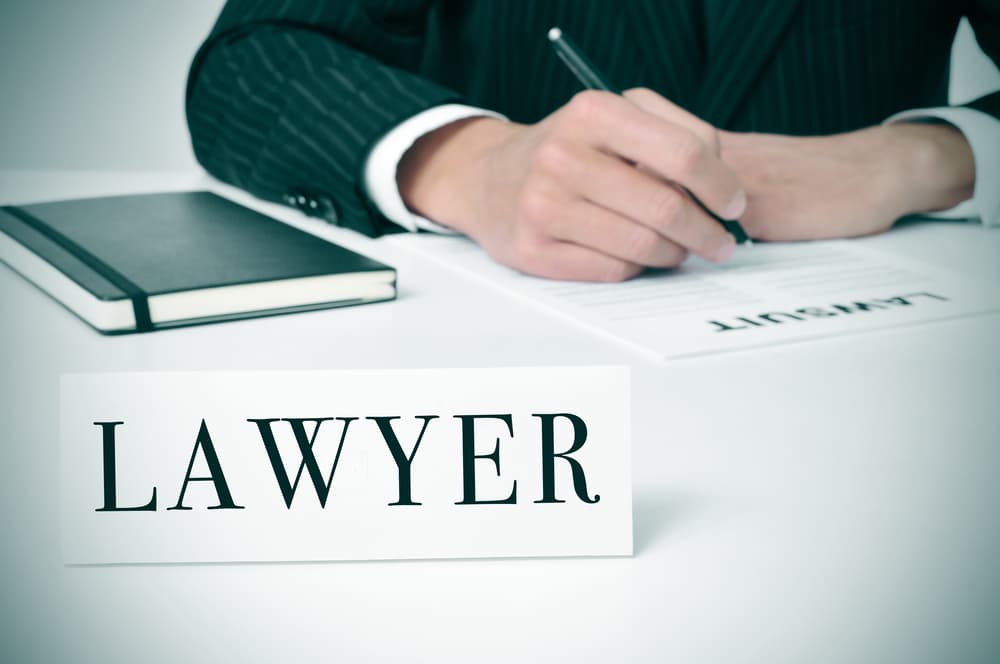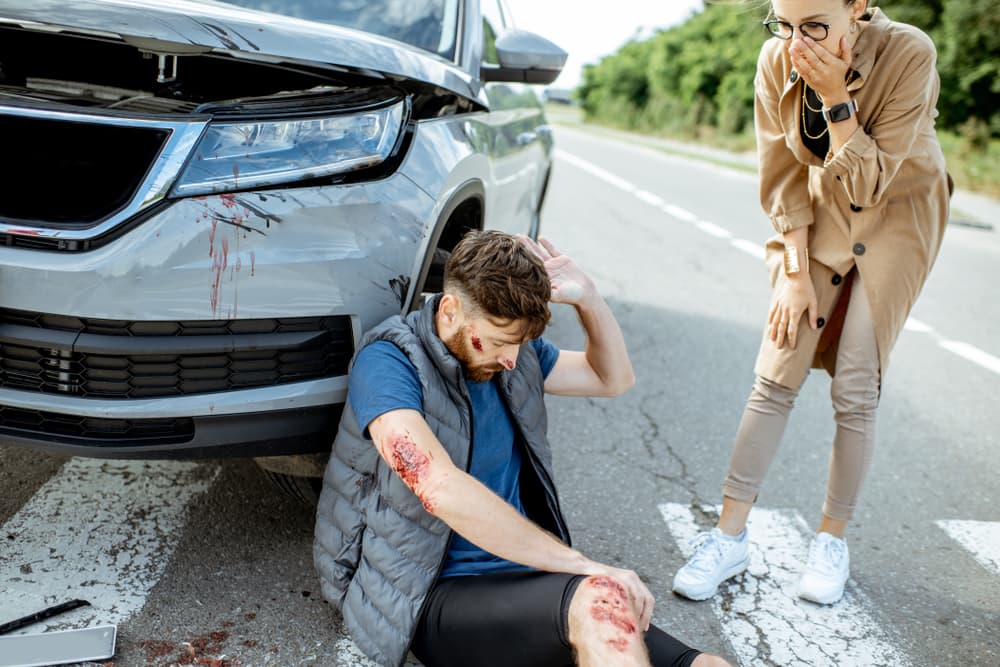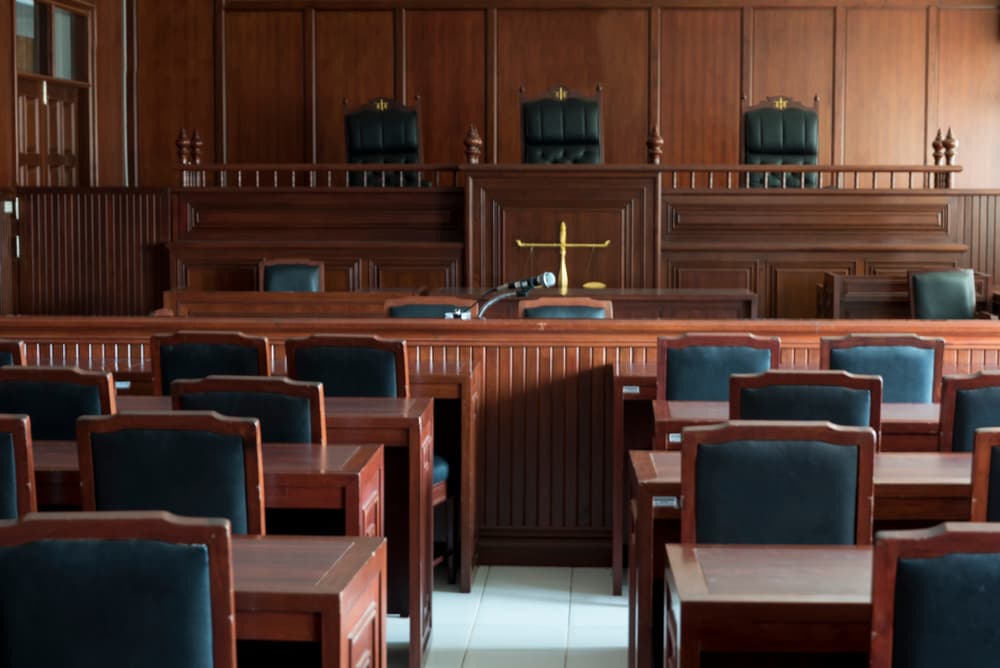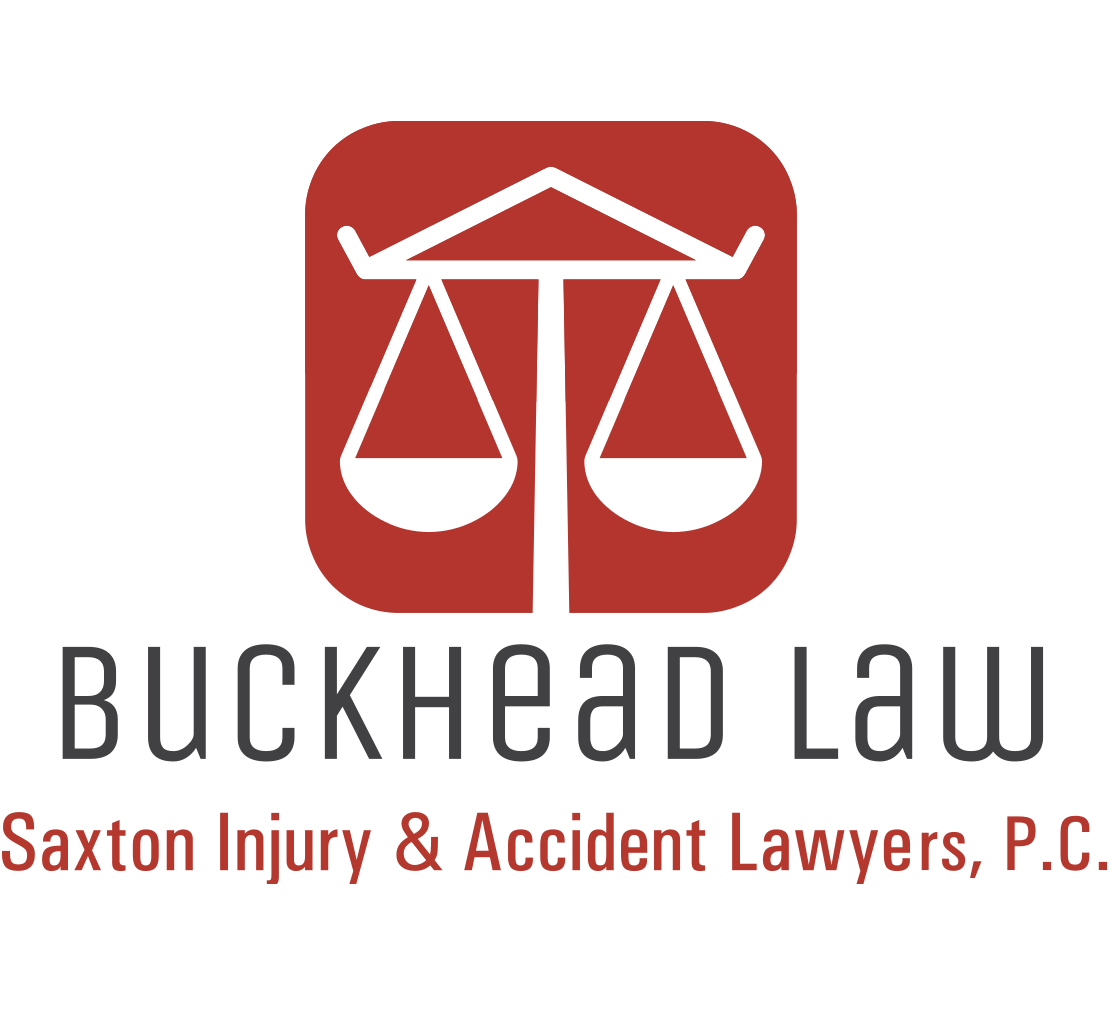If you suffered injuries in a recent motor vehicle or pedestrian accident, it is definitely worth retaining the services of an experienced personal injury attorney. In fact, in many accident cases, knowledgeable legal representation is essential – especially when it comes to dealing effectively with insurance companies and their representatives.
Insurance companies are frequently skeptical of unrepresented accident victims and routinely take advantage of these individuals. When an accident victim is unrepresented, the insurance company will assume that they lack the knowledge and legal experience to properly settle or litigate their accident claim. Consequently, the insurance company may significantly undervalue the claim and offer very little compensation to settle the case.
An experienced personal injury attorney, on the other hand, can aggressively advocate for the accident victim’s legal interests by gathering the necessary claim documents, submitting a claim on the accident victim’s behalf, and handling every step of the claims-filing and negotiation processes. An attorney can also deal with the insurance company adjusters directly and pursue the maximum amount of monetary recovery that the accident victim deserves. If the insurance company does not offer the accident victim fair settlement compensation, then the attorney may pursue litigation in the court system.
In general, the sooner you retain a personal injury lawyer to represent you in your case, the better off you will be – and the more likely your chances of maximizing your total compensation. In the event of a car accident, it is advisable to seek advice from an experienced car accident attorney in your vicinity for legal assistance.
Types of Accidents that Can Lead to a Personal Injury Claim

Motor vehicle accidents can take various forms, each presenting unique risks and challenges for those involved. Car accidents are among the most common, encompassing a wide range of scenarios, from rear-end collisions at stop signs to T-bone crashes at traffic intersections. The force of some car accidents can lead to injuries such as whiplash, fractures, and head injuries, affecting the well-being of drivers and passengers alike.
Truck accidents also pose distinct dangers due to the size and weight of large commercial vehicles. Jackknife accidents, rollovers, and underride collisions are common types of truck accidents that can result in severe injuries and extensive property damage. The occupants of smaller vehicles involved in these accidents are particularly vulnerable to significant harm.
Motorcycle accidents introduce their own set of challenges, often resulting from factors like lack of visibility and reduced stability. Collisions involving motorcycles can lead to serious injuries, including road rash, fractures, and head injuries. Motorcyclists are exposed to the elements and have less protection than occupants of enclosed vehicles, increasing the risk of severe harm.
Bicycle accidents often occur in urban areas where cyclists share the road with motor vehicles. Collisions between bicycles and cars can lead to injuries ranging from minor scrapes to more severe fractures and head injuries. The lack of protective barriers for cyclists makes them susceptible to significant harm in accidents.
Finally, pedestrian accidents involve motor vehicles striking individuals who are on foot. These accidents commonly occur at crosswalks, intersections, or while pedestrians are crossing streets.
Accidents that lead to injuries encompass a broad category involving a variety of scenarios and vehicle types. Single-vehicle accidents, multiple-vehicle pile-ups, and accidents caused by factors like distracted driving or impaired driving fall into this category. Injuries resulting from such accidents vary widely, from minor bruises to severe trauma, and may include physical, psychological, and emotional consequences for those involved.
Understanding the diverse types of motor vehicle accidents highlights the importance of promoting road safety measures and adopting responsible driving behaviors. Whether on four wheels, two wheels, or on foot, individuals on the road should remain vigilant, adhere to traffic laws, and prioritize safety to reduce the occurrence and severity of accidents that may lead to injuries.
Injuries that Individuals May Suffer in a Motor Vehicle or Pedestrian Accident

Motor vehicle accidents and pedestrian accidents often result in a spectrum of injuries, varying in severity and effect on the victims. In motor vehicle accidents, one prevalent injury is whiplash, affecting the neck and spine due to the sudden deceleration or acceleration. This can lead to long-term discomfort and restricted mobility for those affected.
Head injuries are another significant concern in both motor vehicle and pedestrian accidents. Traumatic brain injuries (TBIs) can occur when the head experiences a forceful impact, potentially causing cognitive impairments and altering the quality of life for survivors. In pedestrian accidents, the risk of head injuries increases as pedestrians lack the protective structures of a vehicle.
Soft tissue injuries, such as contusions and sprains, are frequently observed in motor vehicle accidents. The abrupt jolts and forces involved can lead to damage to muscles, ligaments, and tendons, causing pain and severely affecting mobility. Pedestrians are particularly vulnerable to such injuries, given their lack of protection compared to occupants of vehicles.
Fractures and broken bones are also common outcomes of both types of accidents. The force exerted during a collision can result in fractures to the accident victim’s pelvis, limbs, or spine. These injuries often require extensive medical intervention, including surgeries and rehabilitation, imposing financial and physical burdens on accident victims.
In pedestrian accidents, the risk of catastrophic injuries is greater. Pedestrians lack the protection of a vehicle, making them susceptible to severe injuries such as spinal cord injuries and amputations. The aftermath of these injuries can profoundly alter the course of a person’s life, necessitating extensive medical care and rehabilitation.
If you suffered one or more of these injuries in an accident that resulted from someone else’s negligence, a personal injury lawyer in your area can begin advocating for your legal interests while you focus on obtaining the medical treatment you need.
Ways that a Personal Injury Lawyer Can Assist During a Claim or Lawsuit
A personal injury attorney can play a crucial role in navigating the complexities of a claim or lawsuit, offering valuable assistance to individuals seeking compensation for their injuries and damages. Throughout the legal process, attorneys can provide guidance, advocacy, and representation to maximize the chances of a favorable outcome.
First, a personal injury attorney assists by conducting a thorough investigation into the circumstances surrounding the accident. This involves gathering evidence, interviewing witnesses, and reviewing relevant documentation, such as medical records, medical bills, and police reports. The goal is to build a strong case that establishes liability and supports the extent of an accident victim’s injuries and resulting damages.
Negotiating with insurance companies is another key role of a personal injury attorney. Insurance companies often seek to minimize payouts to accident victims, and having legal representation ensures that the injured party is not taken advantage of. Attorneys regularly communicate with insurance adjusters, presenting a compelling case and negotiating fair compensation for medical expenses, property damage, and other accident-related losses.
Legal professionals can also handle the various administrative tasks associated with filing a personal injury claim. This includes preparing and filing necessary paperwork, adhering to deadlines, and ensuring compliance with legal requirements. Their experience in navigating the legal system helps streamline the process and reduces the risk of procedural errors (such as missing the statute of limitations) that could negatively alter the accident victim’s case.
Personal injury attorneys also assess the full scope of damages that their accident-victim clients have suffered – and may continue to suffer. This goes beyond immediate medical expenses to consider long-term medical needs, lost income, and potential future costs related to their injuries. This comprehensive evaluation ensures that the compensation sought is fair and sufficient to cover all aspects of the victim’s losses.
A key aspect of legal representation is advocating for the injured party’s rights and interests. This involves engaging in negotiations with the at-fault party’s legal representative, insurance companies, and other relevant parties. Attorneys use their legal knowledge and negotiation skills to secure the best possible outcome for their accident-victim clients.
In cases where negotiations do not lead to a satisfactory settlement, a personal injury attorney can proceed to litigation. This involves filing a lawsuit and representing the injured party in court. Throughout the legal proceedings, the attorney presents evidence, examines witnesses, and argues the case to a judge and/or jury. Their courtroom experience is essential in pursuing a favorable verdict.
Furthermore, personal injury attorneys may consult with experts to strengthen the case. This can include medical professionals, accident reconstruction specialists, or other experts who can provide testimony to support the accident victim’s claims and establish the effect of the accident on their quality of life.
In essence, a personal injury attorney serves as an advocate, advisor, and representative for individuals navigating the complexities of a personal injury claim or lawsuit. Their experience and commitment to their clients’ well-being contribute to a more equitable and just resolution in the aftermath of accidents and injuries.
Litigation Options in Personal Injury Cases

Accident victims facing the aftermath of personal injuries have various litigation options to seek compensation for their losses. Understanding these options allows victims to make informed decisions based on the unique circumstances of their case.
One common avenue is negotiating a settlement with the at-fault party’s insurance company. In many personal injury cases, parties may agree to a settlement before going to court. This involves the injured party – and their attorney – engaging in settlement negotiations with the insurance company to reach a mutually acceptable resolution. Settlements can provide a quicker resolution and avoid the uncertainties of a trial, but it’s crucial to ensure that the offered amount adequately covers the accident victim’s damages.
If negotiations prove unsuccessful, filing a personal injury lawsuit becomes an option. This involves initiating a legal action against the at-fault party, outlining the injuries sustained and damages incurred, and asserting that the other party’s negligence or wrongful actions caused the harm. The lawsuit typically proceeds to court, where the parties present evidence, call witnesses and make legal arguments. The judge or jury then decides the issue of liability – and the appropriate amount of compensation to award the injured accident victim.
In some cases, alternative dispute resolution (ADR) methods, such as mediation or binding arbitration, offer an alternative to a formal trial. Mediation involves a neutral third party facilitating settlement negotiations between the parties to reach an amicable resolution. Arbitration involves a third party making a binding decision based on the evidence presented. ADR can also provide a more collaborative and expedited process than a traditional trial offer.
Ultimately, the most suitable litigation option depends upon the specific circumstances of a particular case. Factors such as the extent of the accident victim’s injuries, the level of liability, and the willingness of the parties to negotiate can influence the direction the litigation takes. Seeking experienced legal counsel is crucial to navigating these options effectively, as experienced attorneys can assess the unique aspects of a case and guide victims toward the most appropriate course of action to secure fair compensation for their injuries and losses.
Recovering Compensation for Your Financial Losses After an Accident
In motor vehicle and pedestrian accident claims or lawsuits, individuals may seek financial compensation for a range of losses, categorized as economic and non-economic damages. These compensatory awards aim to address the various effects of the accident on the victim’s life. Available damages in a personal injury case may include compensation for all of the following:
- Related past/future medical costs
- Loss of earning capacity
- Lost income
- Rehabilitation costs (such as for physical or occupational therapy to treat a sprain/strain injury)
- Pain and suffering
- Mental and emotional anguish
- Permanent scarring
- Permanent disfigurement
- Wrongful death
In motor vehicle and pedestrian accident claims, the combination of economic and non-economic damages aims to provide comprehensive compensation that recognizes the full extent of the victim’s losses and hardships resulting from the accident. An experienced personal injury lawyer can estimate the likely settlement or verdict value of your case and take the necessary steps to recover the financial compensation you need.
Speak with a Personal Injury Lawyer Right Away About Your Legal Matter

Retaining an experienced Atlanta personal injury lawyer to represent you in your case is one of the most important steps you can take. Your lawyer can handle every step of the process for you, including dealing with insurance company representatives, negotiating a fair settlement, or litigating your case to a resolution in the courtroom.
